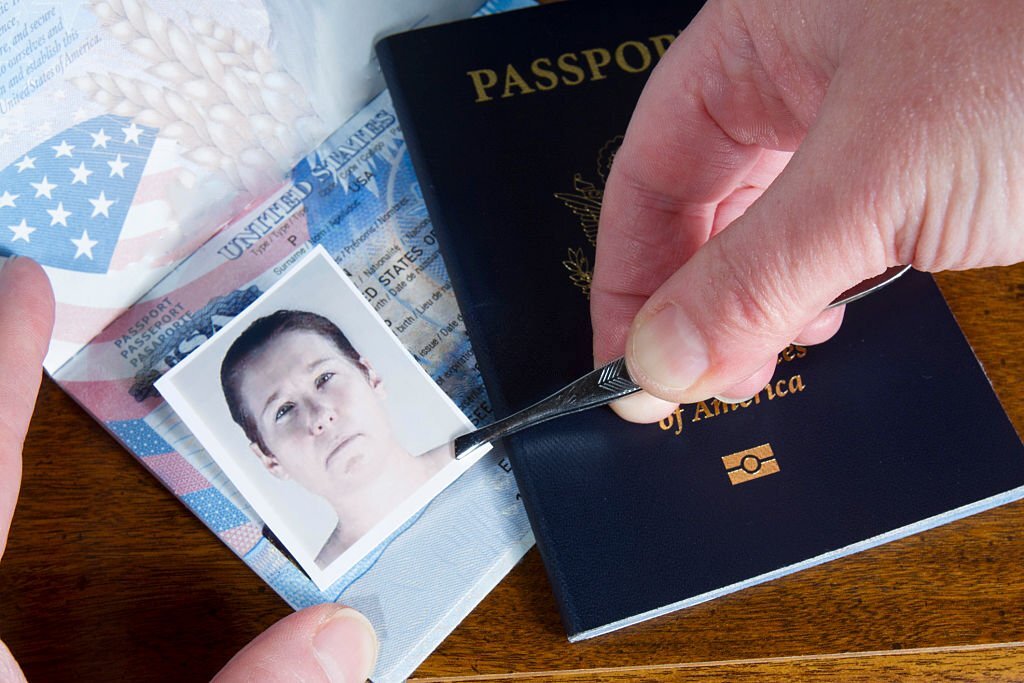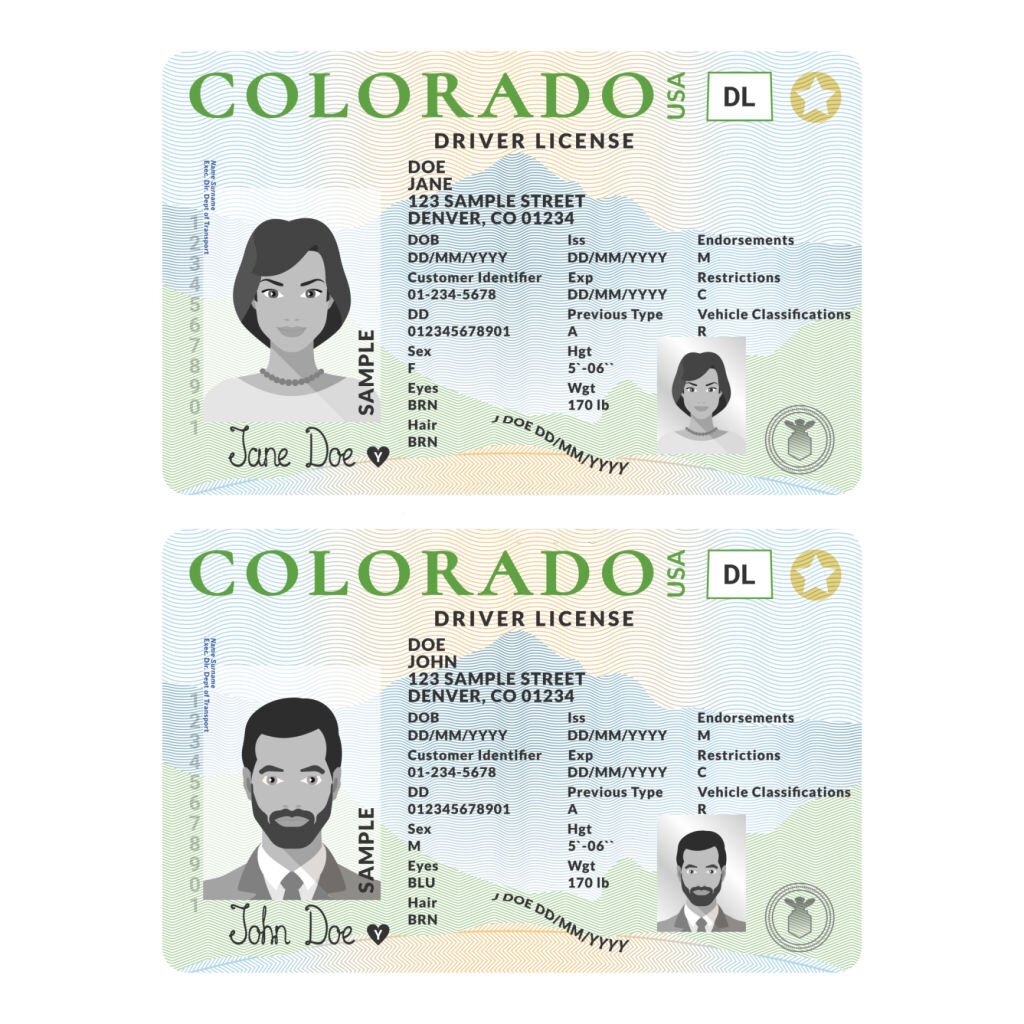Top 8 Elements of Safety Features in Fake Id
Today's false identification cards are more than just a card with your personal information written on it. Due to the advancement of technology, especially that used by thieves, it is vital to provide extra security to identification cards. As a result, the government has added several security safeguards to it. It is all important to safeguard the card's owner from anything that may jeopardise their identification.
So, in this section, we will learn more about these security features and aspects of identity cards. There are several of them that you may not have known or considered previously. One thing you should know is that these security measures will safeguard your card from a variety of threats, including counterfeiting.
Here are eight aspects included in identity card security features.
1. Symbolic barcodes
Barcodes are among the greatest security codes since they carry information about the card's true owner. As a result, if someone takes and uses your card without your permission, the location where they use it may trace and identify the attempt. As a result, it prevents any unpleasant mishaps caused by non-owner usage.
Furthermore, the barcode is linked to the database. As a result, it is nearly hard to fake it and imprint a new barcode or identity on that card. Furthermore, printing the barcode on the most recent identity card material, polycarbonate, is problematic. That requires specialised equipment/printer.
2. Photograph or image of the card holder
It is the fundamental security element. However, a photograph is the most efficient approach to safeguard the card. Changing the picture used to be a lot simpler. You merely need to replace the outdated photo on the card identification with your own. Today's id card, on the other hand, prints the photo right on the card surface. As a result, others will find it difficult to remove. If you buy fake drivers license.
3. Magnetic Stripe
This section is seen on the back of the ID card. It has a distinct composition that carries precise information that may be used by the card reader to identify the card and its owner. A magnetic stripe is constructed from magnetic material. As a result, the card reader can identify and read the information contained within it.
4. RFID (radio frequency identification) or smart card
The smart card is a more sophisticated version of the ID card. It does not have a magnetic stripe, thus you cannot swipe it on a card reader. Instead, it employs radio frequency to carry out the detection and confirmation procedure. A unique component within a smart card functions similarly to an antenna coil. This component is responsible for receiving radio waves from the card reader.
The card reader is only at one location. Then it will transmit a radio wave in its vicinity to detect any smart card that comes close to that region. The smart card that receives the radio wave via its antenna coil will be read by the card reader. Following that, it will determine whether you have access to the location you are about to enter. It may also be used for a transaction, which saves time.
5. Overlay Fluorescent
The fluorescent overlay is one of the distinguishing aspects of the most recent phoney ID card. It is not the same as a hologram. This trait increases the card's durability. Best of all, it may be used in a single printing cycle. There is no need to add additional lamination or other forms of varnish. This implies you may spend less money to create a card with more durability and safety.
The ID card with luminous overlay is also very resistant to forgery. Furthermore, it can survive longer, especially when combined with appropriate materials. This property and capability are required to comply with the Real ID Act's card renewal cycle regulation.
6. Identification holograms
As previously stated, holograms function extremely well as an ID card security element. The hologram is printed on the card's surface. It not only serves as an authentication element, but also as a visual deterrent to counterfeiting.
Many card forging instances also attempt to put an image that resembles a hologram on the surface of their bogus card. It is, however, impossible. The printing process and equipment used to add this section are solely owned by a certain entity with the authority to produce the best fake ID online.
7. Microtext, also known as microprinting
It is, as the name suggests, text written in a micro-sized typeface. This printing capability is not available on commercial or ordinary printers. This one-of-a-kind text composition necessitates the use of industrial equipment. It is also another dependable security element included on current ID cards. As a result, it is nearly hard to replicate or create.
When viewed with the naked eye, the tiny size makes the text or sentence seem as a line. To view it, you'll need a special magnifying. The card reader, on the other hand, can read this microprinting as well. Invest in both technologies for identifying card authenticity for your company.
8. Engraving using a laser
The present laser technology allows you to utilise it for a variety of applications, including engraving the identification on the surface of an ID card. Unlike traditional printing methods, laser engraving generates a new texture on the card surface. The normal printing procedure is susceptible to forgery since the ink printed on the card surface can be removed. Then, insert the new wording and identity. You've successfully changed the identifying information on that card.
Conclusion
These security elements are accessible and relevant to the ID card thanks to cutting-edge technology. It increases the security of your identity against any attempts to use it by others. We hope this article serves as a useful resource for you.




Comments
Post a Comment